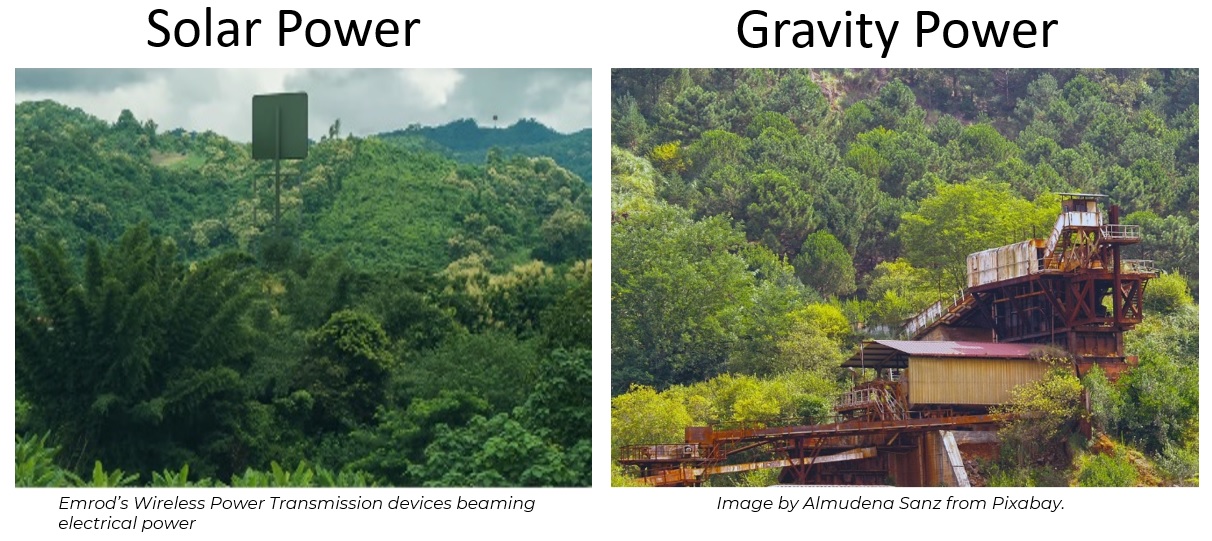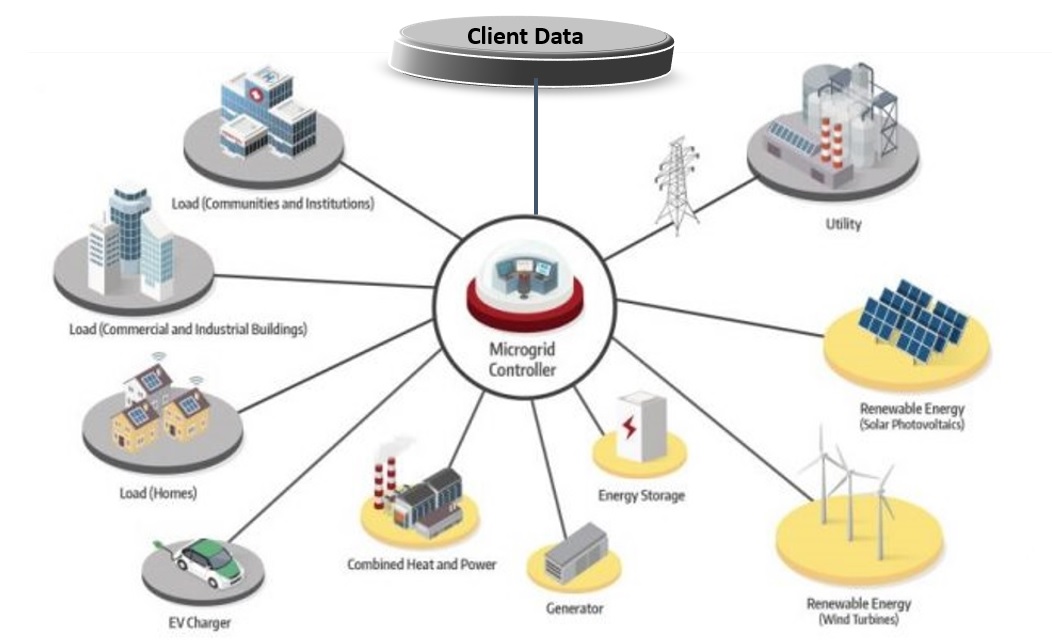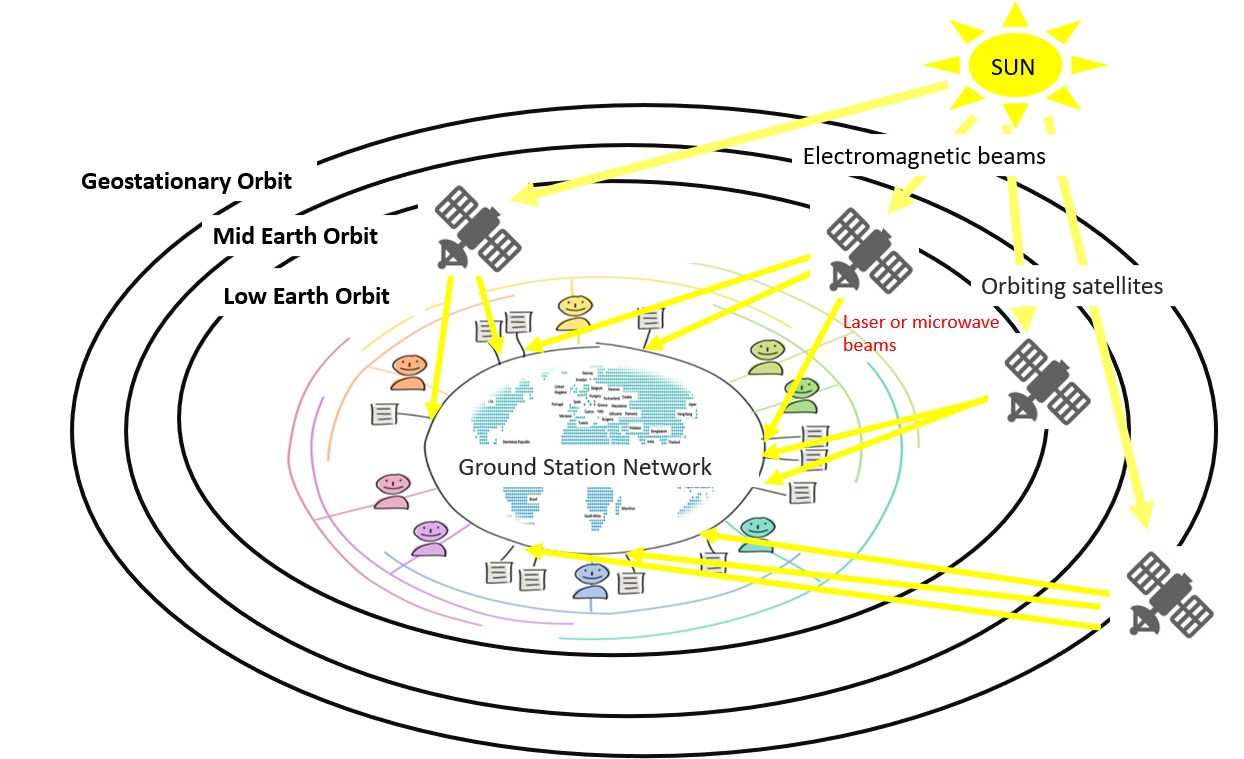Hunter Valley Project

The following is an outline of a proposed Proof-of-Concept (PoC) in the Hunter Valley for Space-based Solar Power, ground ecosystem and gravitational energy to supplement intermittent energy sources. As we progress from rooftop solar panels to power beamed from space it will be a complete game changer for renewable energy.
 View of the rugged terrain in the Barrington region
View of the rugged terrain in the Barrington region
The Barrington mountain ranges and Hunter Valley makes perfect sense to be the PoC location because it is the energy capital of NSW, is surrounded by a mountain range for Wireless Power Transmission testing, and already has an established power industry and workforce that will eventually need to transition from fossil fuel to a new source of electricity supply.
The Hunter Valley is the ideal setting for a Proof of Concept for the CET Holochain Data Platform and companies with an interest in Solar Power, both voltaic and space based, and Gravity Power utilising the high mountain ranges and disused mine shafts in the area.

For many years the Hunter Valley was the coal mining centre of NSW and there are many abandoned coal mines and deep mining shafts suitable the Gravitational Energy Proof of Concept purposes
The Data Platform
Competitive Edge Technology is in a perfect position to set up the platform and network that would underpin the PoC. The company has already developed a peer-to-peer employee database prototype to lay the groundwork and identified companies in the region that would fit the criteria to participate in a PoC. The platform requires modern distributed ledger technology and Web3 readiness to support the PoC phases.
Microgrid as the Centre Piece
As a plug-in platform consumers have the option of selecting the type of energy they wish to subscribe to. That is, solar power, wind power, hydro power, waste-to-energy (methane gas), energy storage, etc. The technology for smart grids, virtual power plants, and energy storage utilities can share consumer data.

An entire energy system is not within the scope of CET: That is, generation, storage and delivery. It is the delivery component that employee data has an important role to play in. Delivery involves transmission, distribution and retailing and each requires consumer data. CET’s workforce data platform potentially stores data for at least 80% of energy consumers. The various providers of service have a common customer and the integration capabilities of CET’s platform offers interoperability of business applications as well as the DLT (or “blockchain”) security and immutability capabilities.
Solar Energy
The Use Case will explore the design of rooftop solar photovoltaic panels and the potential to use of optical rectennas to harvest light emitted from space in a more efficient and environmentally friendly way. It is not intended to use a satellite for the PoC but to simulate the beaming process between two points on earth. The process has already been done before by the New Zealand company Emrod and the US Naval Research Laboratory but the devices used to transmit and receive laser or microwave beams will be different.
Photovoltaic methods only deliver an intermittent solution due to cloud obstruction and night time “black out” and a poor efficiency rate due to navigation through earth’s atmosphere. The PoC will focus on antennas and diodes to receive beams rather than what orbit the space based power will be beamed from.
Selecting the Right Earth Orbit for Satellites
The Low Earth Orbit using microwave or laser may offer a more efficient beaming function but would still be intermittent. The Geostationary Orbit could offer continuous beaming but there is a doubt about the economic viability of transmission and size of receiving antennas on earth and the latency efficiency because of distance from earth, illustrated in the diagram below.

Optical Rectennas
The most promising aspect of transitioning from solar PV panels to solar electromagnetic beam capturing optical rectennas is the possibility of using current investment in PV panel infrastructure. It may be as simple as reconnecting the source from the panels to a rectenna with minor modification and plugging into the wiring that takes electricity to the storage and distribution point. Plus, there is a possibility that the same rectenna can become multi-purpose and be used to connect to satellite communication for Edge Computing devices, along with 5G communication.
Gravity Power
Gravity Power may be the solution to the intermittent “gap”. At present energy storage devices, such as nickel-cadmium and lithium-ion batteries, are commonly used to provide an option to main grid connection to close the “gap”. The battery storage solution is far from satisfactory and there are other environmental issues.
The use of gravity is not new but has been mainly used in the past for generating hydro power as water is pumped up to elevated heights and the downward gravitational flow turns large turbines to generate power. Companies around the world are looking to use abandoned mine shafts and heavy weights to achieve the same gravitational energy. The Scottish energy company Gravitricity is using old mine shafts and believe that 24 weights weighting a combined 12,000 tonnes when dropped down the mine shafts will generate enough energy to supply 63,000 homes. The process could be activated on demand and used at the time required. The Swiss-based Energy Vault is another company using a similar technique. They are using blocks weighing up to 35 ton and large towers to generate gravity power.
The Australian company Green Gravity is another player in the Gravity Power business. They have identified 175 areas of interest, including the Hunter Valley, to use their technique. Gravity Power is claimed to be half the price of lithium-ion batteries and can be used on demand to fill the void caused by intermittent solar supply.
Innovative Experiment
Bouncing microwaves off orbiting satellites for 24hr coverage
The amateur video (18 minute view – pauses in places) covers this exciting new concept and why the Hunter Valley has been chosen for the PoC:
-
- The concept explained
- The fear of radiation and how power beaming from satellites is the same as GPS and mobile communication
- How the section of the electromagnetic spectrum makes power beaming safe for birds and aircraft
- Why LEO (Low Earth Orbit) is the best option for Space Based Solar Power
- The “line of sight” and earth’s shadow issue
- How beaming microwaves from Gravity Power to LEO solves 24hr electricity coverage
- Why the Hunter Valley is chosen for a PoC and the disused mine shafts
- The global mesh network for orbiting satellites coverage
- The global implementation strategy and HR associations
- DLT (Distributed Ledger Technology) and the ground mesh network
- The role of blockchain and Holochain for ground hosting, carbon and electricity trading
